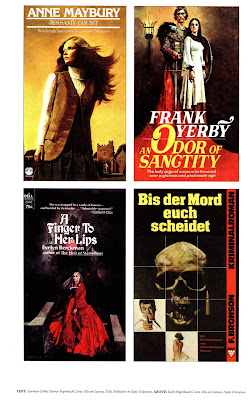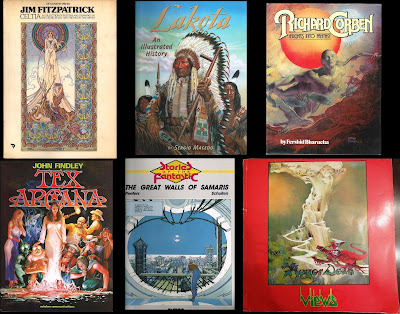celebrating Pride Month 2019
Book Review: 'Full Service' by Scotty Bowers
5 / 5 Stars
The Queens were the most demanding. A straight guy would merely ask for a blonde or a brunette or a girl with a cute figure or big tits or one who was good at some specific sexual technique like giving a fantastic blow job, but gay guys were a lot choosier. They not only wanted someone tall or blonde or very good-looking, he also had to be suntanned or hairy or smooth or muscular.....The list could go on and on. And you know what ? I was able to provide them with precisely what they needed.....My little black book had only names and numbers.......Everything that people liked....was committed to my memory.
Here at the PorPor Books Blog, we like to celebrate Pride Month by highlighting a fiction or nonfiction book that illuminates the LGBTQ Experience.
For June 2019, our selection is 'Full Service', a memoir by Scotty Bowers.
This trade paperback edition (288 pp) of the book was published by Grove Press in 2012. It features two inserts of black-and-white photographs.
'Full Service' made Scotty Bowers into an overnight sensation, and in 2018 a documentary of his life and times, titled Scotty and the Secret History of Hollywood, was released to considerable acclaim.
(Today, at age 96, Bowers remains in reasonably good health).
The book's early chapters describe Bowers's childhood, growing up in considerable poverty in the Midwest. His memories of his interactions with adults during the Depression years are not for the squeamish, although Bowers describes them with a mixture of aplomb and affection.
After serving in the Pacific Theater in World War Two, in 1946 Bowers took a job at the Richfield gas station on Hollywood Boulevard. Many celebrities stopped at the station for gas and repair work and Bowers (who describes himself as bisexual, but with a preference for women) soon learned that more than a few of these celebrities were looking for various pleasures, in addition to gas and oil.
Before long, Bowers was supplying his male and female friends to all manner of Hollywood actors, producers, directors, tycoons, and magnates for twenty bucks a trick; in the late 1940s, that was very good money indeed.
In roughly chronological order, Bowers relates his adventures in 'turning tricks' for one celebrity after another, all the way up to the late 1960s. There's plenty of eyebrow-raising, lough out loud anecdotes and gossip, so much so that, rather than give away any spoilers, I'll just say that 'Full Service' is an engaging read. Each page brings some new revelation, so don't be surprised if you find yourself finishing the book in just two or three sittings.
Along with its impact as an expose, the book offers a portrait of the Golden Age of Southern California and Los Angeles, when smog, gangbangers, the homeless, rats, typhus outbreaks, exorbitant taxes,, catastrophic wildfires, and clogged freeways were as yet unknown. By so doing it evokes a melancholy tone: those days are gone forever.
Summing up, you can't go wrong with 'Full service', both as a Pride Month read, and as a fascinating memoir.































































